Indiana boasts a diverse range of flora that spans across its Great Lakes Plains and Till Plains regions. However, there are some plants that stand out not for their beauty but for their toxicity. Here’s a list of 11 poisonous plants found in Indiana that can pose a serious risk to humans and animals alike. While some of them may be familiar to you, others may not be as recognizable. Along with learning about where they grow, you’ll also discover why these plants are so dangerous to touch or consume. Moreover, we’ll delve into the symptoms that can arise when one comes into contact with these hazardous plants.
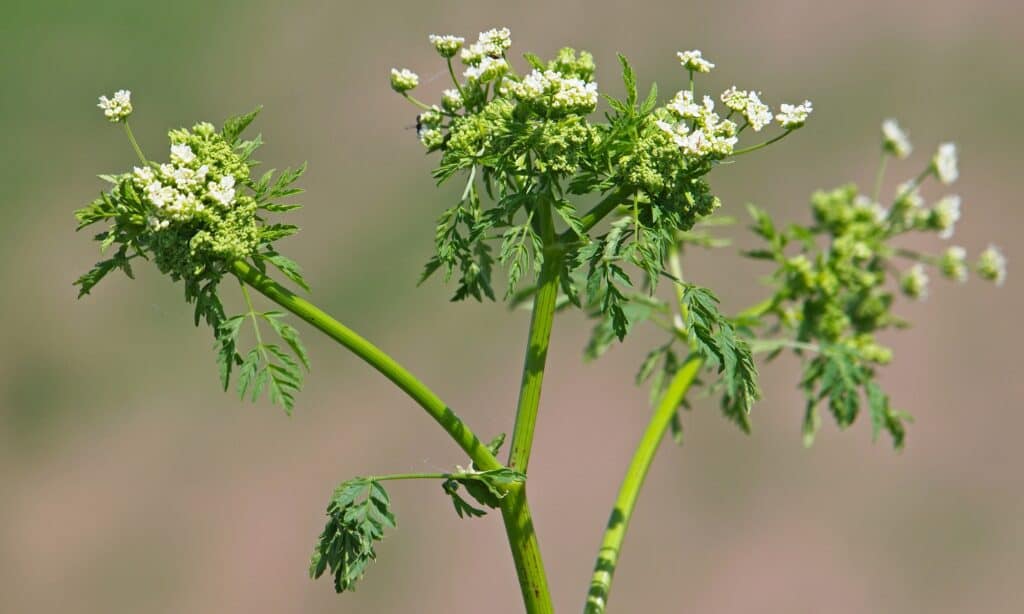
The autumn crocus, also known as meadow saffron, is a beautiful garden perennial that blooms in the fall with lavender-pink or white flowers and narrow basal leaves. Although it’s a favorite for its spring-like pastel flowers that appear in early fall, it’s important to note that this plant is poisonous and can be dangerous.
Despite being popular as a garden flower, the autumn crocus also grows in the wild in wooded areas and meadows with moist soil. It’s easy to naturalize over time in non-native areas, but foragers and grazing livestock should be aware of its potential danger.
The toxic alkaloid called colchicine found in the autumn crocus blocks normal DNA synthesis and other body functions, leading to symptoms such as nausea, diarrhea, vomiting, and stomach pain when ingested. Ingesting any part of the plant could lead to life-threatening symptoms such as organ failure and cardiac collapse, which may take days to develop and could result in death.
It’s essential to be cautious when foraging for wild garlic, as the autumn crocus looks similar to its spring growth and could accidentally be picked instead. Therefore, it’s crucial to familiarize oneself with the differences between the two plants to avoid any accidental poisonings.



The autumn crocus is a popular plant in gardens and is found in wooded areas with damp soil. However, it contains poisonous properties that must be handled with care. On the other hand, the belladonna plant, also known as the deadly nightshade, is a shrub that is extremely dangerous if consumed due to its high levels of toxicity. It has been well-known since the 1700s and features purple or greenish bell-shaped flowers and shiny black berries. Belladonna tends to grow along fences and walls, in woodlands, and other partly-shaded marginal areas. Its toxic tropane alkaloids include atropine, hyoscyamine, and scopolamine, which could cause dry mouth, vomiting, rapid heartbeat, dilated pupils, blurred vision, difficulty swallowing, delirium, hallucinations, respiratory failure, and ultimately, death. Therefore, consuming any part of the belladonna plant must be avoided at all costs.
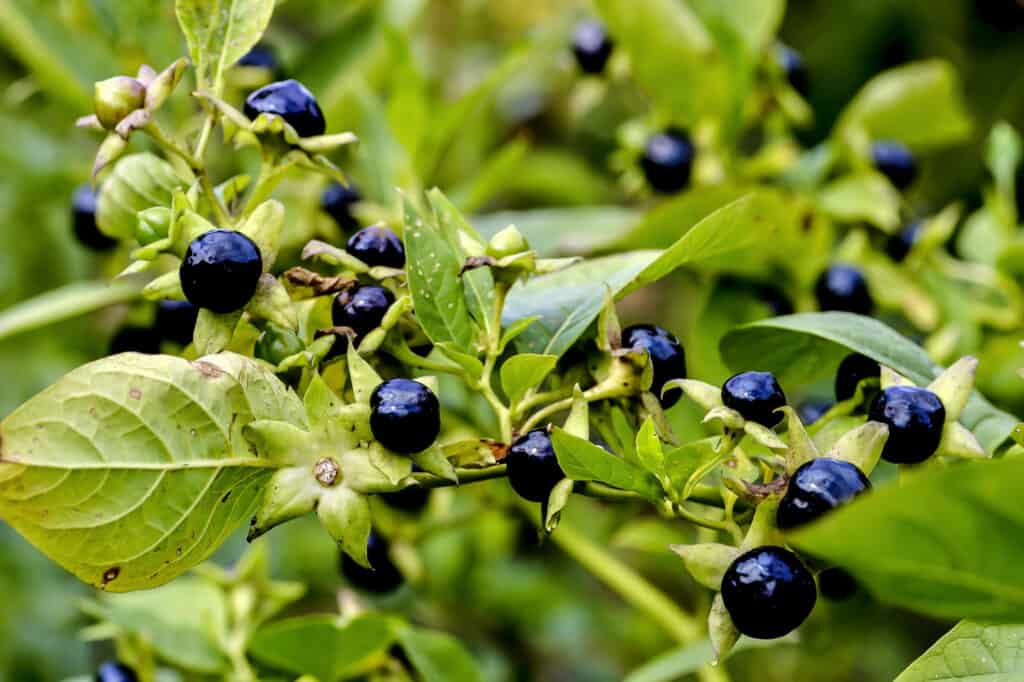
Deadly nightshade plants, also known as Belladonna, are perennial shrubs with shiny, dark berries that are highly poisonous. Another poisonous plant is cow parsnip, which is an herbaceous perennial with big, lobed leaves and white flowers in umbrella-shaped clusters. It can grow up to 10 feet high and is often found in woodlands, meadows, and near stream banks. However, it is important not to confuse cow parsnip with wild carrot plants because touching the former with bare hands can lead to a burning skin rash. The plant produces toxic chemicals called furanocoumarins that cause strong allergic reactions on the skin, especially when exposed to direct sunlight. Symptoms of cow parsnip poisoning include an itchy and burning rash, painful blisters, and possibly permanent scarring.

The cow parsnip plant, also known as H. maximum, is often incorrect for giant hogweed, but it should be noted that these two plants are not the same. Another poisonous plant that can be found in Indiana is poison ivy, which is easy to identify due to its iconic sets of 3-leaflets and vining growth habit. This woody shrub has leaves that can vary in shape, texture, and glossiness. Its leaves are green during summer and turn yellow and reddish-orange in autumn. It can grow up to 75 feet in shady wooded areas, fields, and along fences. Poison ivy plants contain a toxin called urushiol that is released when disturbed, causing an itchy skin rash, swelling, and blistering upon contact. Poison oak and poison sumac plants also contain this toxin called urushiol. The symptoms of poison ivy poisoning can last from a few days to a couple of weeks in severe cases.
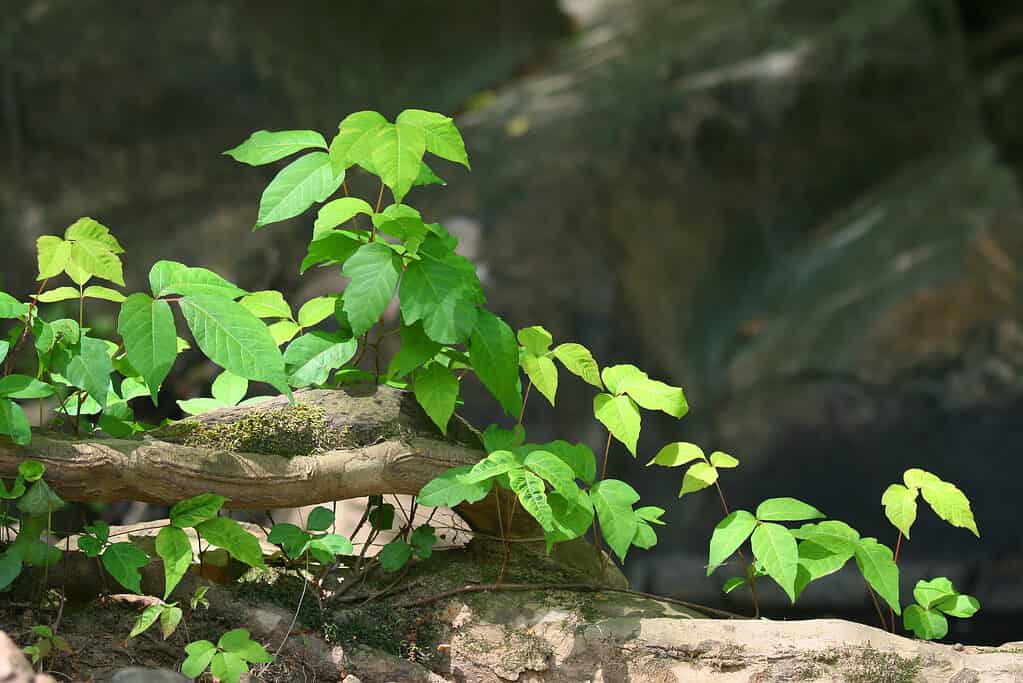
The poison hemlock is a plant that can cause severe allergic reactions on the skin when touched. This tall and upright plant has small clusters of white flowers and fern-like green leaves that can grow up to 10 feet tall. Poison hemlock is a dangerous plant that usually grows in waste areas, along roadsides, and fields in Indiana. It’s important to note that this plant may be mistaken for wild carrots, but it has spotted stems, while wild carrots do not.
Ingesting any part of this highly toxic plant can be lethal as it contains neurotoxins like coniine. Symptoms of poisoning may include weakness, nausea, vomiting, dizziness, convulsions, muscle paralysis, respiratory failure, coma, and even death. Therefore, it’s essential to be cautious and avoid coming in contact or ingesting this plant.
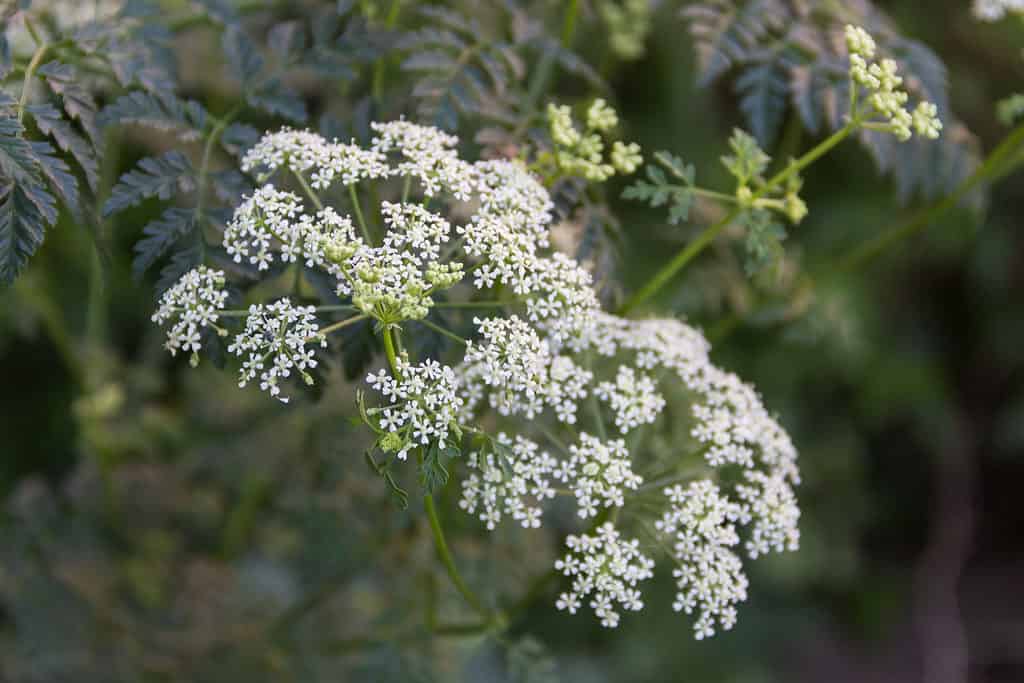
The jimsonweed, also known as stinkweed due to its unpleasant odor, is a poisonous plant found in Indiana. While its trumpet-shaped flowers are beautiful, ingesting any part of the plant can be life-threatening. This herbaceous plant grows up to three to five feet tall, with white and purple blooms and large, dark green lobed leaves. It thrives in gardens and disturbed areas like roadsides. The jimsonweed contains psychoactive compounds that can cause hallucinations and other dangerous symptoms. Its main toxins are scopolamine and atropine, which can lead to dry mouth, rapid heartbeat, confusion, dilated pupils, blurred vision, hallucinations, coma, and even death. To avoid any risk, it’s best to steer clear of this plant and not consume any part of it.
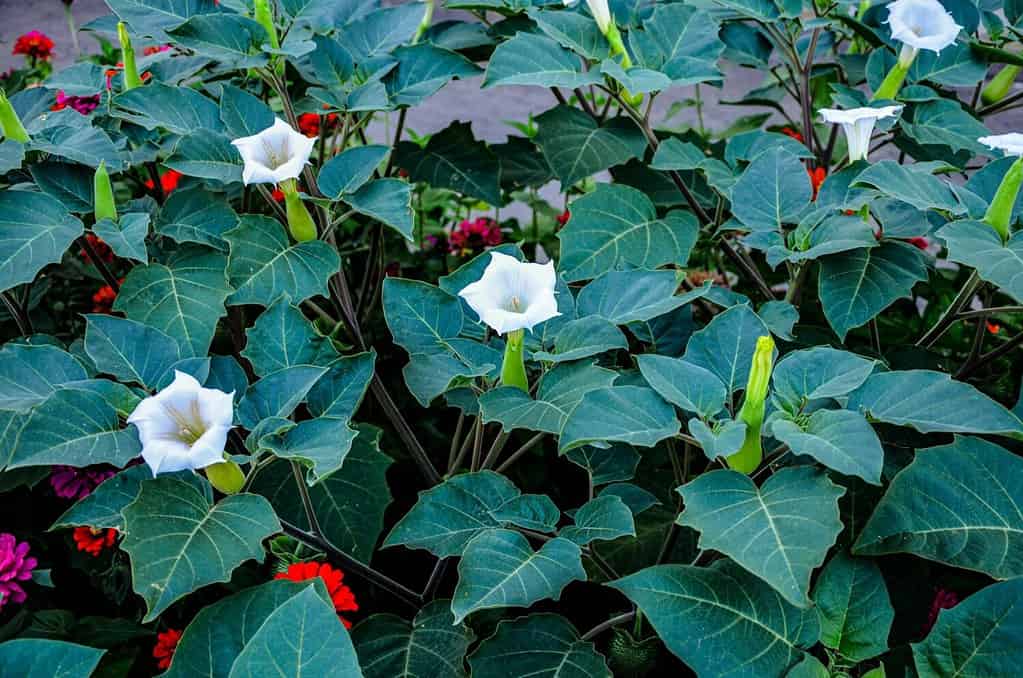
One of the easily recognizable plants in Indiana is the white baneberry, especially during its berry season when the “doll’s eye” white berries with one black spot are visible. This plant has toothed oblong leaves and thick green stalks that turn dark pink. White baneberry can be found in forests, woodlands, thickets, and other shaded areas. However, this plant is also one of the most toxic plants found in Indiana due to its cardiogenic toxins that can harm the heart. It contains ranunculin, an unstable glucoside that breaks down into glucose and protoanemonin, a poison that causes skin rashes and blistering upon contact, and even worse symptoms if ingested. Consumption of its poisonous berries or other parts of the plant can cause nausea, vomiting, stomach cramps, dizziness, rapid pulse, delirium, and circulatory failure, which could be fatal.
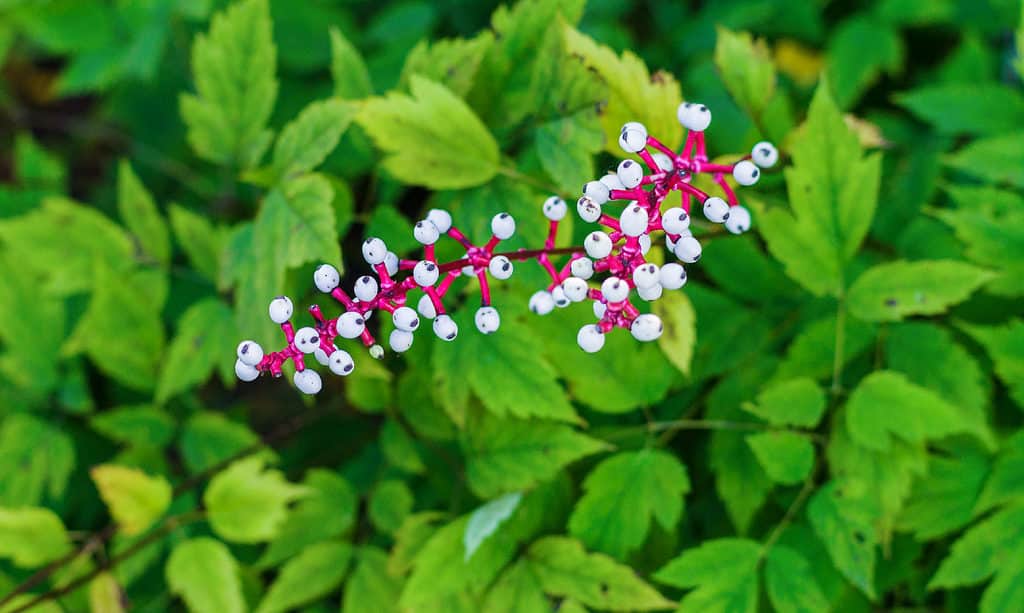
The stinging nettle plant, scientifically known as Urtica dioica, can be quite hazardous due to its prickly hairs found beneath the leaves. As a safety precaution, avoid direct contact with bare hands. Its leaves are heart-shaped and have toothed edges, while greenish-yellow flowers grow in small clusters. Typically found near wet soil areas such as river banks, streams, meadows, woodland, and Indiana forest edges, this plant contains neurotoxins, including formic acid, histamine, and acetylcholine, which contribute to its stinging effect. If touched, the burning sensation lasts up to a day, with some individuals experiencing more severe allergic reactions to the neurotransmitters.
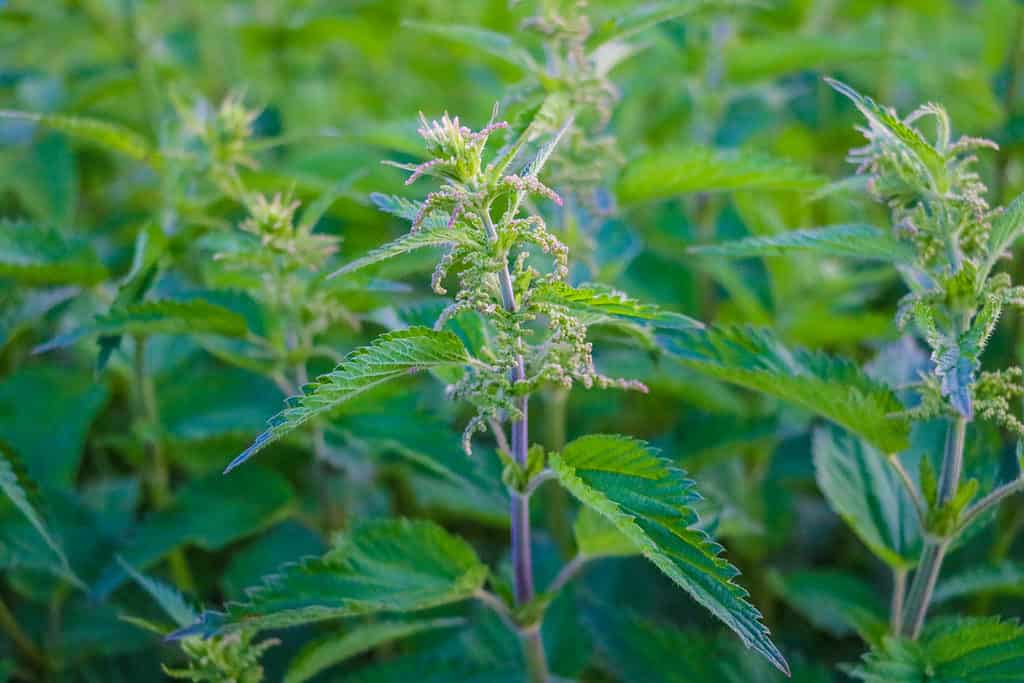
The stinging nettle is known to have toxins in the stinging hairs, specifically under its leaves. On the other hand, the water hemlock is a highly poisonous plant that grows in Indiana. It stands tall and is a perennial plant with lanced leaves and small white flowers arranged in an umbrella-like cluster. Its stems are long, hollow, and spotted, and it can grow up to 6 feet high. This plant has a resemblance to Queen Anne’s lace and wild carrot plants, just like poison hemlock. Water hemlock thrives in areas near water such as marshes, streams, and swamps. The primary toxin in water hemlock is an unsaturated alcohol called cirutoxin, which is potent and dangerous. Any part of this plant is harmful when ingested, causing respiratory or nervous system failure, tremors, seizures, and death.
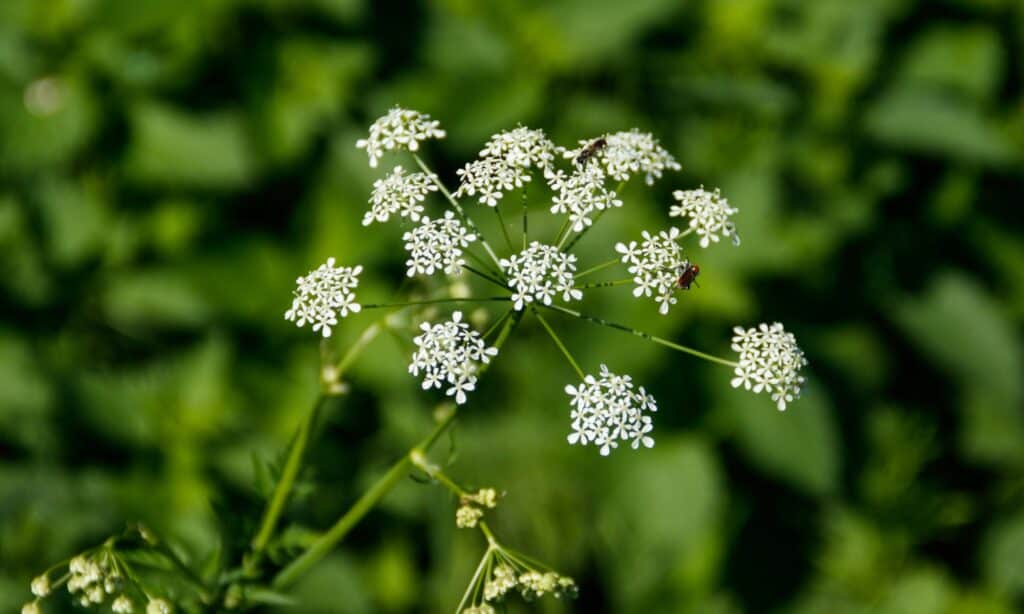
The state of Indiana is home to some hazardous plant species, among them being the water hemlock and wild parsnip. The latter is a poisonous plant with small yellow flowers that form clusters in an umbrella shape. It has deeply divided, compound leaves and typically grows to a height of 2-5 feet. Despite its toxicity, wild parsnip can be found growing in fields and disturbed areas throughout Indiana. One of the dangers associated with this plant is that touching it can lead to phytophotodermatitis, which is caused by furanocoumarins. The symptoms of phytophotodermatitis include itching, burning, blistering, and possible scarring, which can be exacerbated when the affected skin is exposed to sunlight.
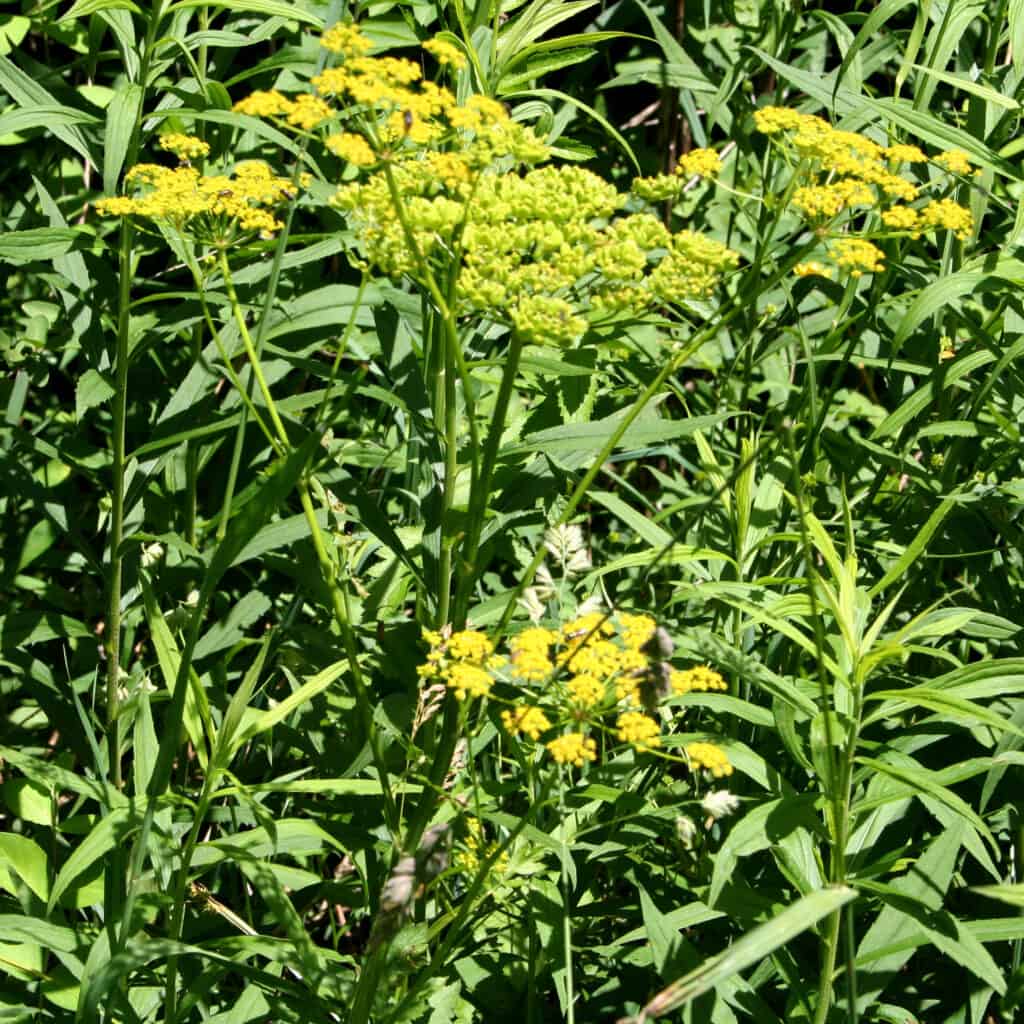
Wild parsnip plants have the potential to cause a burning rash that can lead to permanent scarring of the skin if touched. On the other hand, pokeweed plant is another poisonous plant found in Indiana which attracts people with its wide leaves, dark pink stems, and dark purple berries. Despite its appearance, pokeweed is highly toxic and can grow up to 10 feet tall in disturbed areas, fields, fence rows, and roadsides. Pokeweed contains toxins such as phytolacca and saponins which make all parts of this plant poisonous if ingested. Symptoms of pokeweed poisoning include nausea, vomiting, diarrhea, convulsions, stomach cramps, and respiratory failure, which could be fatal.

Indiana boasts an array of stunning flora, but it’s important to be aware of the potentially hazardous ones. Among them are 11 poisonous plants that require extra caution when encountered in forests, fields, or wetlands. It’s crucial to take safety measures for both humans and animals by educating yourself about these plants, wearing protective clothing, and avoiding unfamiliar species. Don’t wait for symptoms to show if you come into contact with any toxic plants – seek assistance from poison control or emergency medical care immediately. Stay protected and enjoy Indiana’s lush botanical scenery!
